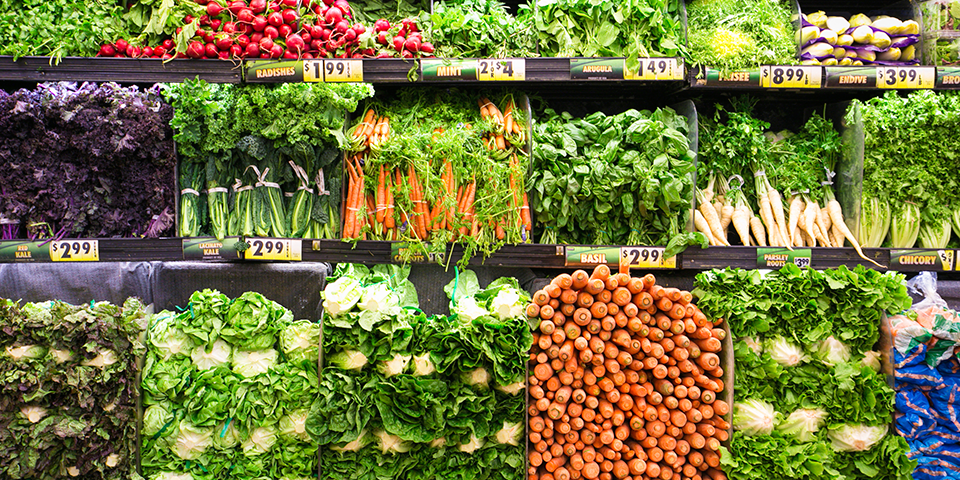|
|
Post by oracle on Aug 27, 2019 18:08:52 GMT
If you are suffering from osteoporosis, here are some of the highest-salt foods to limit or avoid. Choose no-added salt versions whenever possible.
Processed meats, such as turkey, ham and hot dogs
Fast food, such as pizza, burgers, tacos and fries
Processed foods, including regular and reduced-calorie frozen meals
Regular canned soups, vegetables and vegetable juices
Baked products, including breads and breakfast cereals
|
|
|
|
Post by micromaniac on Oct 5, 2019 12:22:05 GMT
 Leafy greens and other nutrient-rich foods are good for your bones. |
|
|
|
Post by oracle on Nov 6, 2019 0:21:57 GMT
One way to boost your diet motivation is to focus on a 7-day plan, where you prioritize various vitamins and minerals.
|
|
|
|
Post by micromaniac on Dec 18, 2019 1:27:05 GMT
The number one source to a better bone structure for osteoporosis patients seems to be food containing calcium.
|
|
|
|
Post by oracle on Jan 2, 2020 1:55:32 GMT
Choose no-added salt versions whenever possible. The reason: Salt is bad for the bone! Salt can pose a great obstacle to a sturdy skeleton. Research has found that postmenopausal women with a high-salt diet lose more bone minerals than other women of the same age. Studies show that regular table salt, not simply sodium, causes calcium loss and thereby weakening bones with time. For every 2,300 milligrams of sodium you take in, about 40 milligrams of calcium is lost in the urine. |
|
|
|
Post by micromaniac on Aug 5, 2020 22:36:07 GMT
Consuming too much alcohol has been found to link to osteoporosis and fractures. Staying within the recommended daily allowance is advised.
|
|
|
|
Post by oracle on Aug 22, 2020 23:27:39 GMT
Fruits and vegetables provide a multitude of micronutrients such as vitamin K, folate, magnesium and potassium, as well as antioxidants such as vitamin C and carotenoids. Higher fruit and vegetable intakes have been associated with higher BMD and less BMD loss over time. A systematic review of eight studies concluded that in post-menopausal women, cross-sectional studies support the positive relation between fruit and vegetable intake with bone health; however, the evidence of a beneficial effect of fruits and vegetables in osteoporosis prevention in prospective cohorts and randomized controlled trials is less clear. A more recent study in middle-aged and older men and women linked fruit and vegetable intake less than the recommended 5 servings/day with higher risk of hip fracture. In the Framingham Original cohort, fruit and vegetable intake was positively associated with BMD in both men and women cross-sectionally; and with less BMD loss at the hip in men. Furthermore, dietary patterns rich in fruit and vegetables were linked with higher BMD in men.
|
|
|
|
Post by micromaniac on Dec 19, 2020 21:50:05 GMT
Calcium can be found in salmon and sardines.
|
|